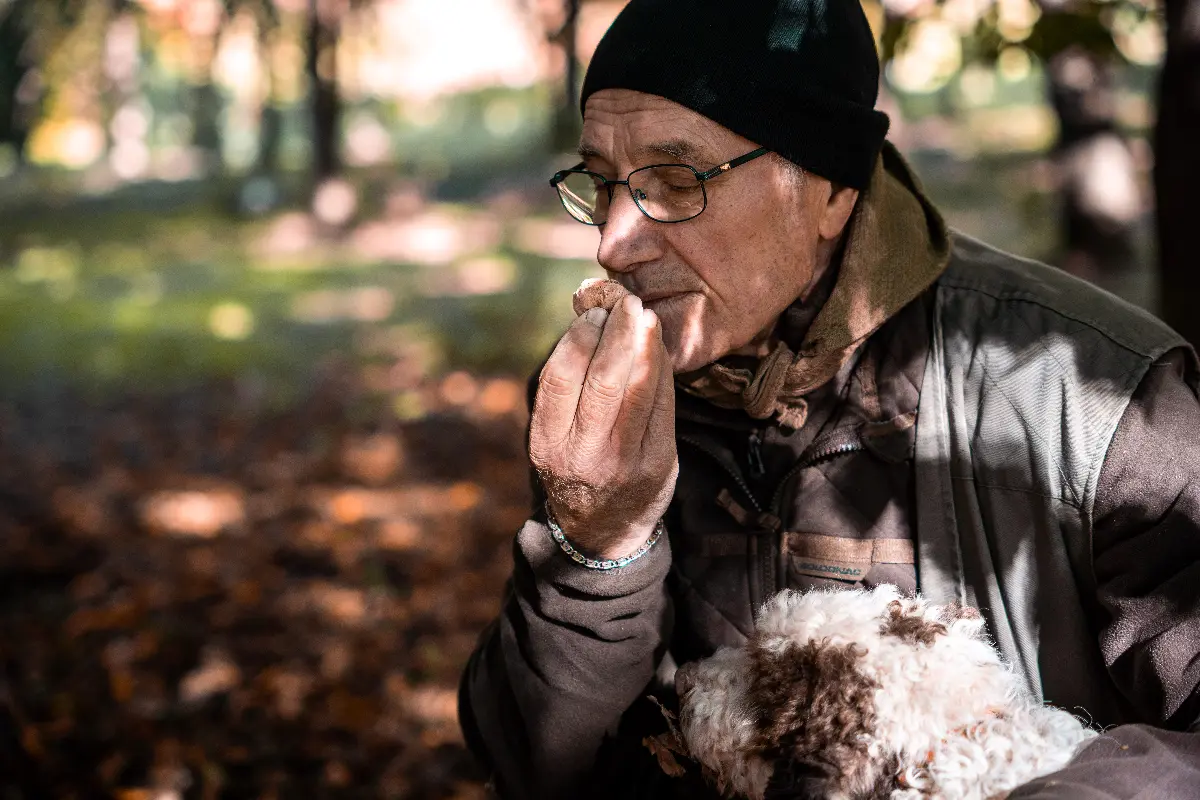
Do you want to access to this and other private contents?
Log in if you are a subscriber or click here to request service
Unesco: the Italian truffle becomes a World Heritage Site
The search for the precious mushroom involves about 73,600 holders and practitioners in Italy

The "Truffle hunting and quarrying in Italy: traditional knowledge and practices" enters the intangible cultural heritage of humanity protected by Unesco. The decision was adopted on the occasion of the sixteenth session of the Unesco intergovernmental committee which met in Paris. The announcement was made by the president of Coldiretti Ettore Prandini during the national assembly of the organization.The...
hef - 22576
EFA News - European Food Agency
EFA News - European Food Agency